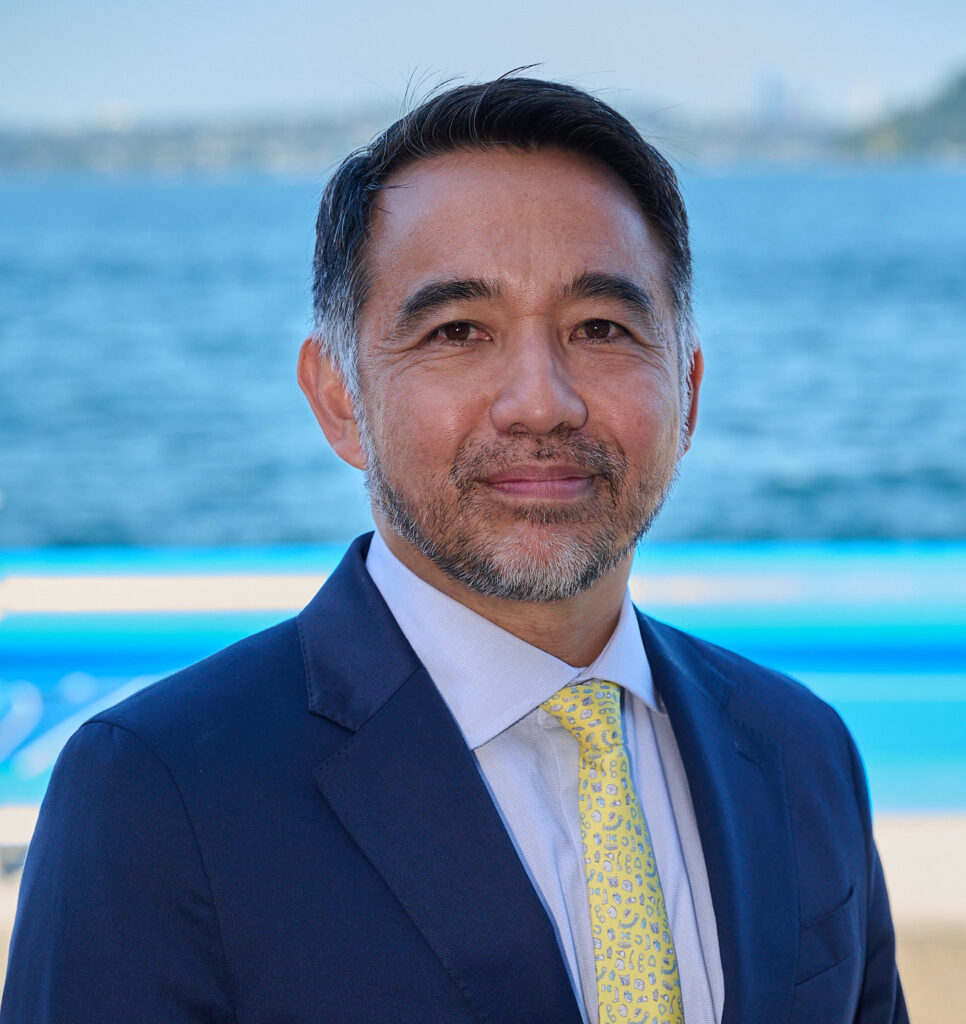Connection, Collaboration, Community—and Courage: Lessons from the 2025 Public Health Law Conference

The recently held 2025 Public Health Law Conference convened at a time when the stakes for our field have rarely been higher. The conversations and sessions we shared reflected not only the complexity of today’s public health challenges, but also the resolve of a community determined to meet them.
From the very first session, the conference underscored a central truth: public health law sits at the crossroads of science, equity, and democracy. Our opening plenary set the tone with a sweeping and incisive review of the legal and policy developments that shaped public health this year. Panelists discussed federal executive orders and actions, court decisions, and key legislation that continues to reshape—and at times threaten—public health authority. We heard analysis on some of the issues that define our moment—anti-racism and equity across government, climate change and environmental justice, and the role of the public health workforce in an increasingly polarized field. The message was clear: understanding these developments is not an academic exercise; it is essential preparation for what lies ahead in 2026 and beyond.
Public health progress is rarely straightforward, and recent policy initiatives under the current administration illustrate the challenges we continue to face. Plans to open millions of acres of federal land for fossil fuel extraction and investments in coal-fired power plants could increase air pollution, disproportionately affecting low-income communities and communities of color. Proposed cuts to the Centers for Disease Control and Prevention risk eliminating programs critical to chronic disease prevention and emergency preparedness; while expansions of Medicaid work requirements raise concerns about barriers to coverage for low-income populations. Yet, our field has met and overcome grave challenges before.
The early 20th-century fight against industrial pollution, the civil-rights-era expansion of community health centers, and the response to HIV/AIDS all show how law and policy can pivot from harm to healing, if communities, advocates, public health practitioners and policymakers keep up the fight. In each case, sustained litigation and coalition building around equity and evidence-based policy helped re-establish protections for vulnerable populations. Many of you, our colleagues, have been part of these enduring movements, carrying forward the lessons of the past into the struggles of today. We heard loud and clear from opening plenary speaker Montrece Ransom that this is not the first time we have seen law used to cause harm, including to uphold segregation, exclude women, and dehumanize Black people. But we also need to remember that it has always been up to justice-minded individuals to have the courage to push back, using that same legal system to right those wrongs.
The work of protecting and promoting health has always demanded courage, and this year’s conference put that reality front and center. Skye Perryman, CEO and President of Democracy Forward, reminded us that “courage is currency.” Nothing in our history has been won without hard-fought battles, and the path to health justice is no exception. Whether in courtrooms, legislatures, or community coalitions, showing up—however we can—with bravery and persistence will define our ability to thrive despite recurring efforts to roll back public health protections.
That call to courage resonated powerfully with our closing plenary, which highlighted the essential role of community-based organizations in advancing health justice. These organizations, deeply rooted in communities that have long led efforts for equity and systemic change, build trust, listen carefully, and craft solutions that address the social determinants of health. Their work thrives on strong, reciprocal partnerships with public health agencies and government; collaboration with academic institutions willing to engage authentically and take risks; and most importantly, starting from a place of care and respect for the people they serve. Panelists shared concrete guidance on cultivating those partnerships, supporting community leadership, and transforming trust into better health outcomes.
Across every session, we heard from experts, advocates, and practitioners who are not only tracking the shifting legal terrain but also creating tools to navigate it. Together, we examined how law and policy can be a lever for equity, and a bridge between policy and lived experience.
To everyone who joined us, whether on stage, in breakout discussions, focus groups, or in the hallway conversations that so often spark innovation—thank you! Your commitment to this work, and to each other, gives strength to a field that thrives on collaboration and shared purpose. To help sustain that momentum, conference slides and resources are now available for anyone who missed a session or was unable to attend. We hope these materials will extend the learning beyond the event and offer practical tools you can use to strengthen your own work and deepen connections across the field.
The challenges ahead are real: contested public health authority, deep political polarization, and the urgent need to confront inequities that harm health and shorten lives. But this conference showed that we have the knowledge, the tools, and importantly, the collective courage to meet this moment.
In Solidarity,
Quang “Q” Dang
Executive Director
Network for Public Health Law
